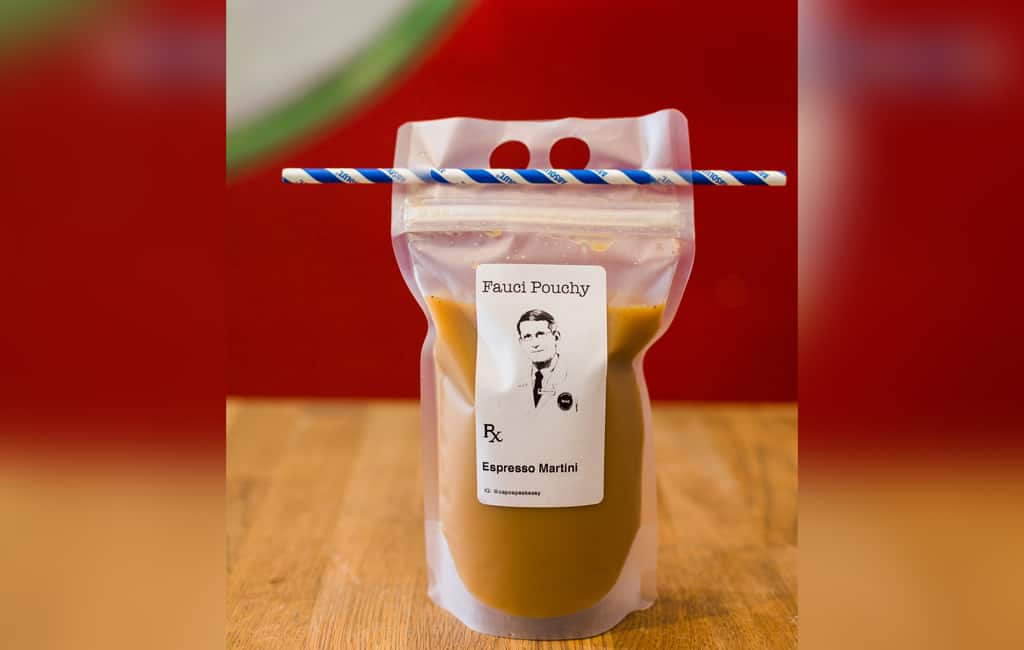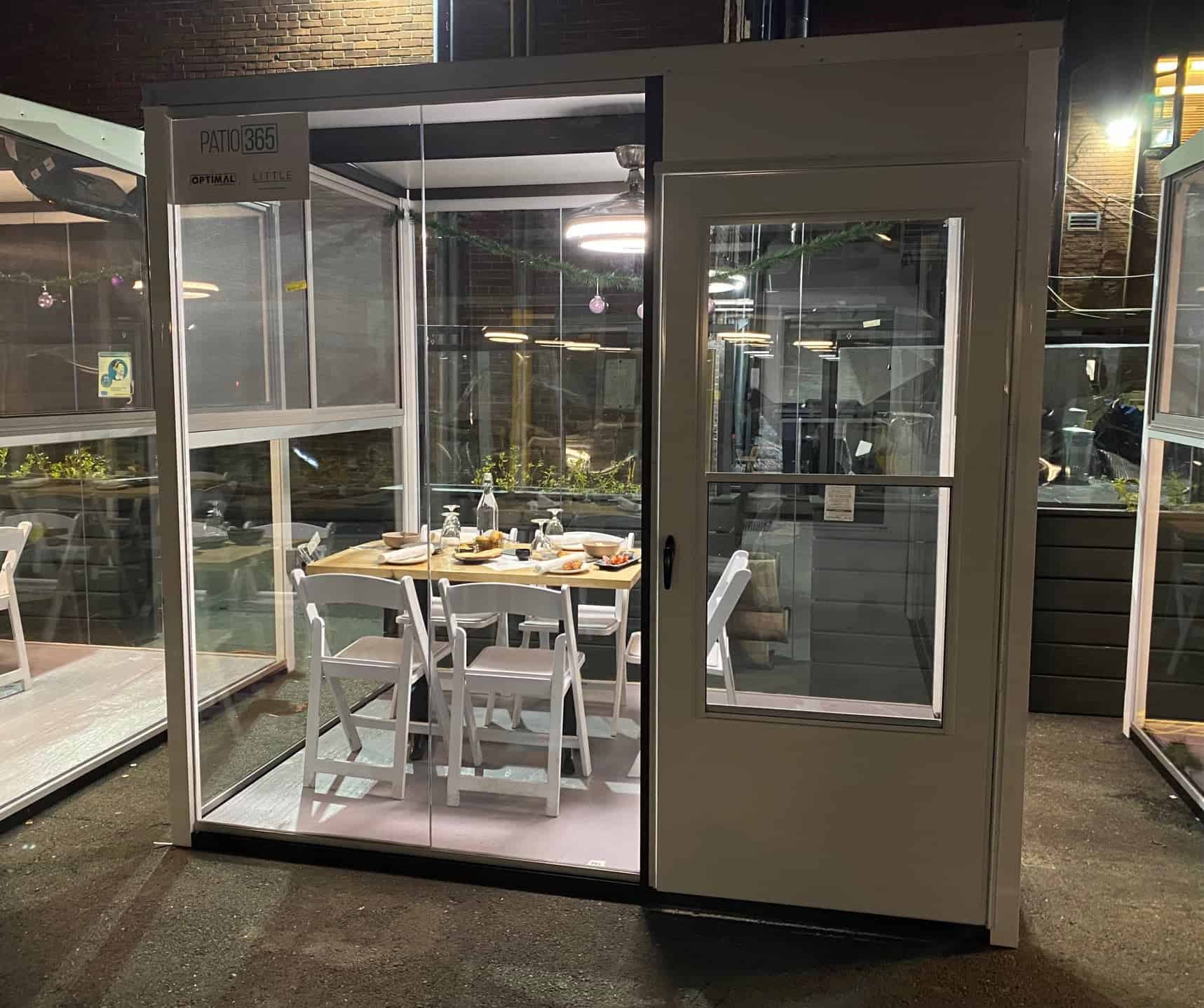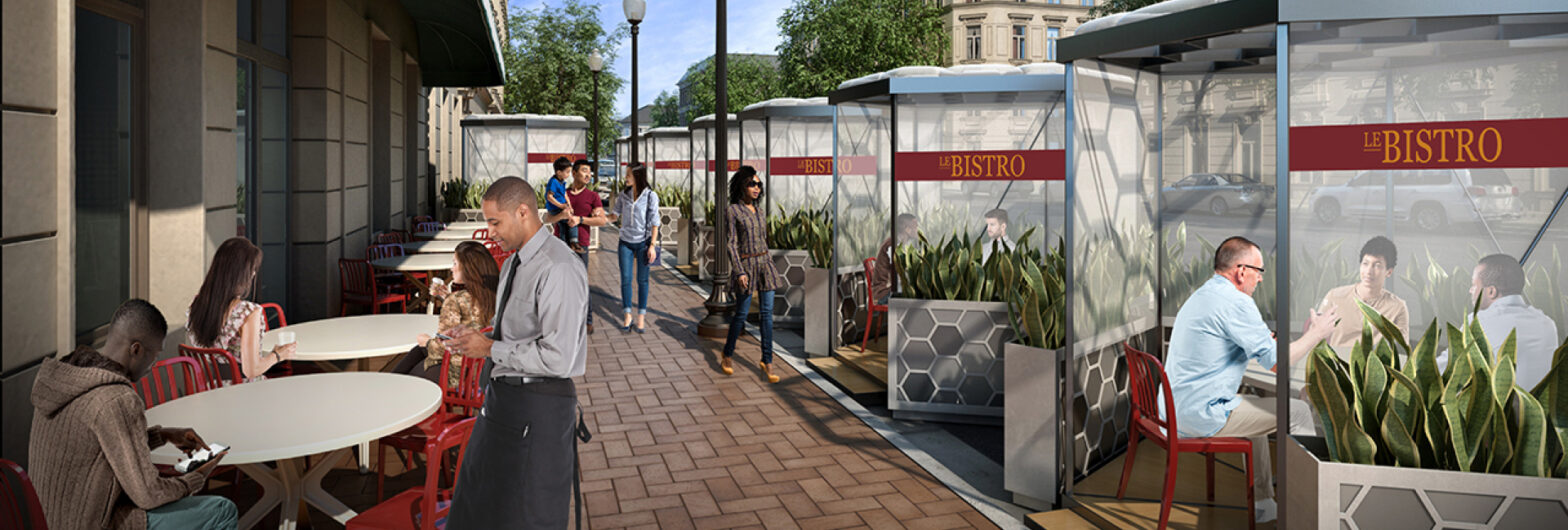It has been over a year now that life as we knew it was drastically altered by the impact of COVID-19. Our world was put on hold, the global economy suffered, and businesses were forced to adapt to the new normal. Restaurants were hit hard and had to adjust quickly by developing modified business models and updated space layouts, some of which are expected to remain post pandemic.
Below are my observations from A Dine-In, Dine-Out, Take–Out report developed for Little by TrendHunter, highlighting the main areas within the restaurant businesses that were altered and the new opportunities that were born during the crisis, along with some personal observations about how the restaurant industry was affected in the Washington, DC area.
Delivery Platforms
During the pandemic, delivery platforms such as Uber Eats, Grubhub or Doordash thrived as restaurants relied heavily on these services to keep their businesses running during extended periods of shutdown. Menus were updated and limited to respond to the challenges of delivering fresh food to your doorstep.
Additionally, the solidification of the food delivery infrastructure allowed ghost kitchens to prosper as more restaurant owners are turning to this alternative, renting kitchen space from a landlord in densely populated areas to expand their delivery operations and enter new markets at lower costs.
Self Pick-up Options
Pick-up options became readily available at almost every establishment during the crisis, and humor and good spirits were no strangers to the branding and advertising efforts of business owners to boost their sales. Capo’s Deli in Washington DC released the “Fauci Pouchy”, a Capri Sun–Like Cocktail for Coronavirus Times, available for pick up only. According to DC Eater, sales built slowly at first, with the deli moving a couple of hundred pouches in a week. But then people began to take notice. Sales skyrocketed. In mid-April, the Washingtonian reported that the bar was selling more than 300 pouches on Saturday nights.
Remote pick-up Windows and dedicated pick-up areas will also become an integral part of future restaurant planning, ensuring a separate path for pick up customers vs. dine-ins.

Restaurant Branding
Private label products from restaurants rose during the pandemic as popular establishments looked for other ways to maintain revenue due to in-person dining restrictions. These businesses released a range of items, from branded seasonings to assorted grocery pick-ups.
Meal kits, or DIY kits, became increasingly popular; pasta and pizza kits from famed restaurants in DC such as Officina, or Centrolina surely made our dinners a lot tastier and fun during quarantine times!
Outdoor Spaces
A breath of fresh air while dining outdoors seemed to be an obvious solution to indoor restrictions imposed by jurisdictions throughout the country, and designers, architects and restaurant owners alike did not spare any creative effort to create comfortable, climate-controlled streeteries to help restaurants stay in business. Little’s own Patio 365, designed for Basebowl Ramen, a JBG Smith tenant next to the baseball stadium in DC, did just that and allowed other restaurants such as Ambar in Clarendon to remain operational during extended shutdown periods.

So, What’s Next?
Safety will undoubtedly remain a priority. And while automated kitchens, pizza vending machines, touchless lid dispensers, and other touch free gadgets will become a main feature of QSRs, consumers are still longing for their pre COVID lives. Socializing while dining out with friends, family, and clients is expected to remain a much-needed aspect of our routine.
Ideally, your new favorite restaurant will feature a natural flow between indoor and outdoor spaces for fresh air circulation through large openings on one end, a dedicated pick-up area separated from the main entrance on the other end, and an easily accessible market section selling the restaurant’s own branded products in between. What about the Fauci Pouchy, you might ask? Well, we surely hope it becomes a permanent item on the menu…

